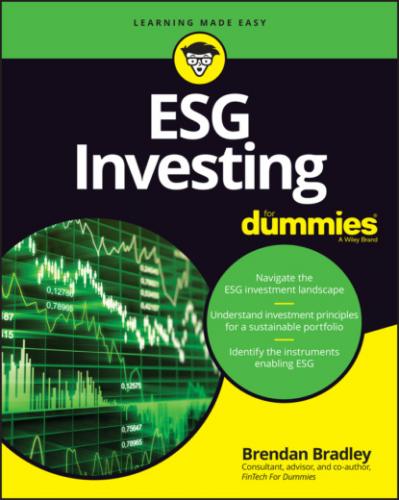Prevents emissions of many greenhouse gases and water pollutants
Saves energy and stimulates the development of greener technologies
Reduces the need for new landfills and incinerators
Detailing a Company’s Performance as a Steward of the Physical Environment
The term environmental stewardship has been used to describe activities such as reducing harmful activities or pollution, purchasing more sustainable products, and replanting trees and limiting harvests. Stewardship itself embodies the responsible planning and management of resources and can be applied to the environment and nature, economics, or property. Such actions can also be differentiated, from local to global efforts, or in rural and urban contexts. Many environmental issues are seen on a global scale, which suggests that local actions can’t meet those challenges; however, engaging in local stewardship actions and initiatives can be the catalyst to ensure involvement in promoting broader sustainability issues. Business initiatives that improve environmental impact are increasing in number, but there is a growing consensus that transformations need to take larger steps than those that are currently underway.
Environmental stewardship is considered a growth area, with business leaders taking action to apply environmental sustainability principles. They need to create insights that allow them to better understand the driving forces behind their actions and better align initiatives to achieve business value. The actions in the following sections can help.
Managing operations to reduce emissions and promote sustainability
Most firms understand that by building a business model that reduces reliance on fossil fuels, they should benefit from opportunities that the new ways of doing business create. And in doing this, they expect to lower operational costs, improve resilience in their energy supply, and attract more investors who are concerned about carbon risk.
Greenhouse gases (GHG) can be reduced considerably in manufacturing, where they control the operations, and even in supply chain processes such as distribution and retail. Indeed, some companies are intending to support the generation of more renewable energy than they need to make the surplus available to the markets and communities in which they operate. This would help some companies reach their target of becoming carbon-positive in their factories and site operations by 2030.
Eco-design programs are being developed to reformulate products to use fewer but higher-performing ingredients, particularly in the use of their most GHG-intensive products. Interestingly, most of the GHG footprint for many products occurs when people use them at home. Therefore, innovation and research and development (R&D) are also focused on delivering the products while considering the climate change challenge. Tackling these issues requires transformational changes to broader systems in which firms operate, and so government policy will need to dictate the right context for change and business action so that all sectors can work in collaboration on given projects and initiatives. (I discuss GHG in more detail earlier in this chapter.)
Collaborating with others to create solutions for environmental issues
Collaborative governance is often stressed as the answer to different environmental problems. However, cooperation around environmental issues in a complex world is difficult to achieve as different players want different things, diverse environmental issues are related to each other in dissimilar ways, and given groups have differing amounts of influence on certain questions. So, can collaboration lead to a better environment?
Research shows that the capacity to resolve environmental problems is in part associated with the way such networks are structured and in the patterns of collaboration between players. For example, where there is a risk of one player free-riding on the efforts of others, the conflict may be improved by linking such players with a third entity to form a triangular cooperation, in the hope that peer pressure will resolve the issue. It can also make a difference based on whether the problem is temporary or more permanent. When it’s temporary, it can be more successful where the network chooses a coordinator or leader to hold it together. The Environmental Collaboration and Conflict Resolution (ECCR) is a process whereby neutral, third-party facilitators work with agencies and stakeholders using collaboration, negotiation, structured dialogue, mediation, and other approaches to prevent, manage, and resolve environmental conflicts.
Конец ознакомительного фрагмента.
Текст предоставлен ООО «ЛитРес».
Прочитайте эту книгу целиком, купив полную легальную версию на ЛитРес.
Безопасно оплатить книгу можно банковской картой Visa, MasterCard, Maestro, со счета мобильного телефона, с платежного терминала, в салоне МТС или Связной, через PayPal, WebMoney, Яндекс.Деньги, QIWI Кошелек, бонусными картами или другим удобным Вам способом.
